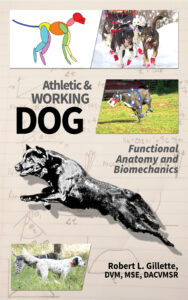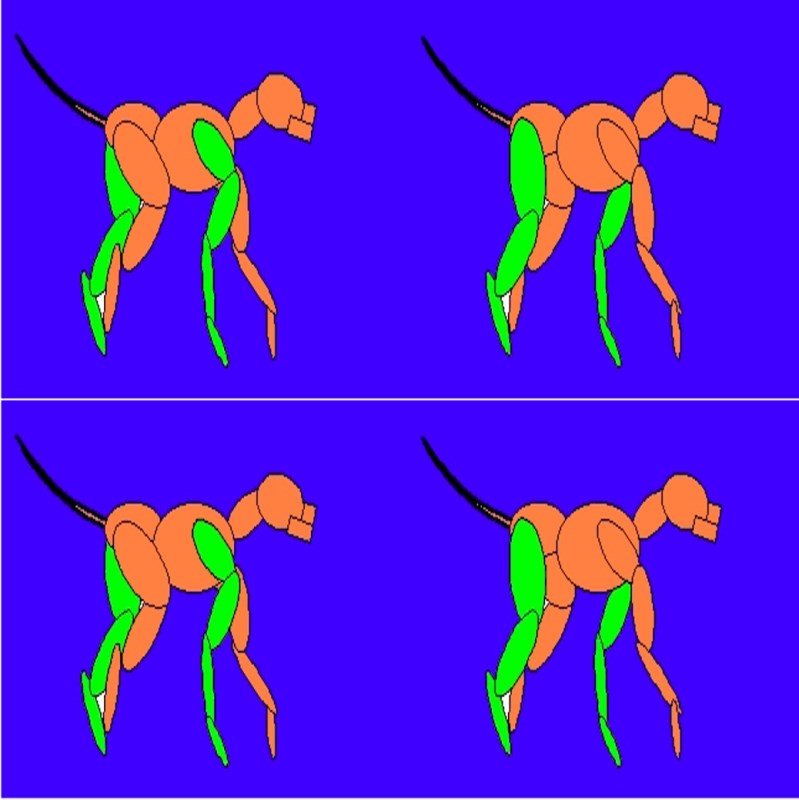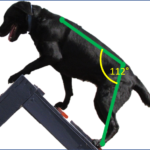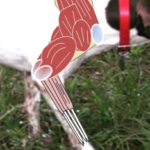Description

Gait Analysis for the Performance Dog
Just under 60 minutes in length | Already Enrolled? CLICK HERE
Gait analysis is used to assess the dog’s neuromusculoskeletal system by viewing its locomotory patterns. Locomotion is the movement of the body that allows it to move from one point to another location. Gait analysis can be considered an art, as the viewer needs to have a good understanding of the normal gait patterns and issues associated with abnormal movements. It is important to have an understanding of the basic actions and how to identify the locomotion variances. Having the subject move in a normal pattern is the basis of understanding movement. Once the the viewer is comfortable understanding normal movement, they will begin to identify abnormal movement actions. The next step is to gain an understanding of how the normal subject moves in a varied normal pattern, ie turning, starting, stopping, jumping, etc. Experience with this, can help the viewer to identify issues that don’t present themselves in basic locomotion.
It is the intent of this course to build upon the information provided in the functional anatomy course and the biomechanics course and utilize this knowledge in an applicable manner. This is very helpful when the professional is developing a conditioning program, identifying performance deficiencies, or making decisions related to a rehabilitative program. Dog’s and other animals cannot talk like the human subjects. So, it can be very hard to understand how a dog is feeling, their aches or pains, or any other underlying issues they may be experiencing. Analyzing canine motion is very complex in its nature, but it can be used as a helpful tool to assess musculoskeletal health, identify areas that may benefit from conditioning programs and used as a basis for building rehabilitation programs.
Course Presentation Handout
There is a copy of the presentation used for this course available to download. The handout can be found by clicking on the Materials tab above. Then click on the link after “Click this link to view presentation handout:”. It is only available to those who have enrolled in the course.
Gait Analysis Lessons
Lesson 1 introduces the building blocks used in the art of Gait Analysis. It uses the trot gait to describe an order to the analysis process. It discusses Subjective versus Quantitative gait analysis and the various viewing perspectives. It also describes involvement of the whole body, its adaptations, and neuromuscular learning and memory. Video is just under 11 minutes long.
Lesson 2 discusses locomotion, the various body systems involved in movement and their feedback mechanisms. It introduces the actions of running, propulsion and braking. It also introduces actions involved in the walk and trot. Video is just under 11 minutes long.
Lesson 3 discusses normal movement variations and the varied force actions on the body. The varied movements include Movement Initiation, Straightaway Locomotion, Turning Locomotion, Stopping or Braking, Jumping and Apprehension. Video is about 6 minutes long.
Lesson 4 discusses items of consideration when analyzing canine movement and locomotion. These include components of the stride, the gait, stance and flight phases and symmetrical versus asymmetrical gaits. It also covers paw placement of the walk, trot and cantor. Video is about 8 1/2 minutes long.
Lesson 5 covers paw placement of the transverse gallop, double-suspension gallop and right versus left leads. It also covers the role each leg plays throughout the stride. Video is about 11 1/2 minutes long.
Lesson 6 discussions the forces and actions of the body in the other movement actions. It includes a summary of the Gait Analysis course. Video is about 11 minutes long.
Suggested Text for this course: Athletic and Working Dog: Functional Anatomy and Biomechanics, Robert L. Gillette, RMG Enterprises, Incorporated, 2019, ISBN: 978-1733024419

The Athletic and Working Dog: Functional Anatomy and Biomechanics



